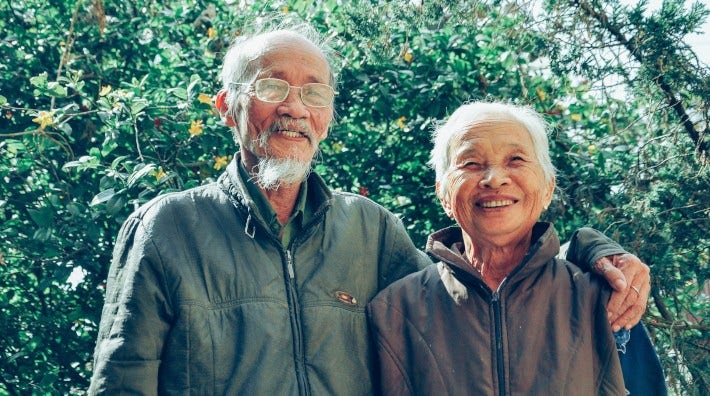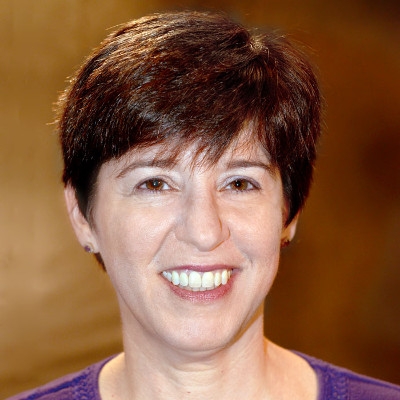Rapidly Growing Older Population Increases Demand for Cancer Care in US

A new report from the American Cancer Society details rates of new cancer cases and cancer deaths among adults 85 years old and older, often called the “oldest old.” The number of Americans in this age group is expected to nearly triple from 6.4 million in 2016 to 19 million by 2060. It’s the fastest-growing population group in the US. Because cancer risk increases with age, this rapidly growing older population will increase demand for cancer care.
The report, “Cancer Statistics for Adults Aged 85 Years and Older, 2019,” was published August 7, 2019 in CA: A Cancer Journal for Clinicians, a peer-reviewed journal of the American Cancer Society. A companion piece was published in January as a Special Section in “Cancer Facts & Figures 2019.”
The report provides information about incidence and mortality rates and trends, survival, treatment, and the unique challenges affecting cancer in the oldest old.
- People 85 and older represent only 2% of the population, but 8% of all new cancer diagnoses. That translates to about 140,690 cases in 2019.
- The most common cancers are the same as for the general population: lung, breast, prostate, and colorectal cancers.
- Cancer is the second-leading cause of death in the oldest old, following heart disease.
- About 103,250 cancer deaths among this age group are expected in 2019, accounting for 17% of all cancer deaths.
- As of January 1, 2019, an estimated 1,944,280 people 85 and older were cancer survivors, representing 1/3 of all the men and ¼ of all the women in this age group. They are the fastest-growing group of cancer survivors.
- Among adults age 85 and older with no history of cancer, the risk of a cancer diagnosis in their remaining lifetime is 16.4% for men and 12.8% for women.
Concerns about overtreatment and undertreatment
The researchers found that the oldest old were being screened at higher rates than they expected. Most guidelines generally recommend against cancer screening in those with less than a 10-year life expectancy because the risks of screening and treatment (if cancer is found) tend to outweigh the benefits. At the same time, the authors note that age alone does not predict life expectancy, physical function, or the ability to tolerate treatment.
They also note that treating older patients with cancer is often complicated because they are more likely to have other serious health problems. This might result in some older patients getting less aggressive treatment than younger patients in similar situations. Patients with cancer who are 85 years and older have the lowest relative survival of any age group.
The study authors say more research on cancer in the oldest Americans is needed to better understand how to meet their needs.
- Reviewed by
- Citations

The American Cancer Society medical and editorial content team
Our team is made up of doctors and oncology certified nurses with deep knowledge of cancer care as well as journalists, editors, and translators with extensive experience in medical writing.
Cancer Statistics for Adults Aged 85 Years and Older, 2019. Published August 7, 2019 in CA: A Cancer Journal for Clinicians. First author Carol E. DeSantis, MPH, American Cancer Society, Atlanta, Ga.
Cancer Facts & Figures 2019. Published online January 8, 2019. American Cancer Society, Atlanta, Ga.
American Cancer Society news stories are copyrighted material and are not intended to be used as press releases. For reprint requests, please see our Content Usage Policy.



